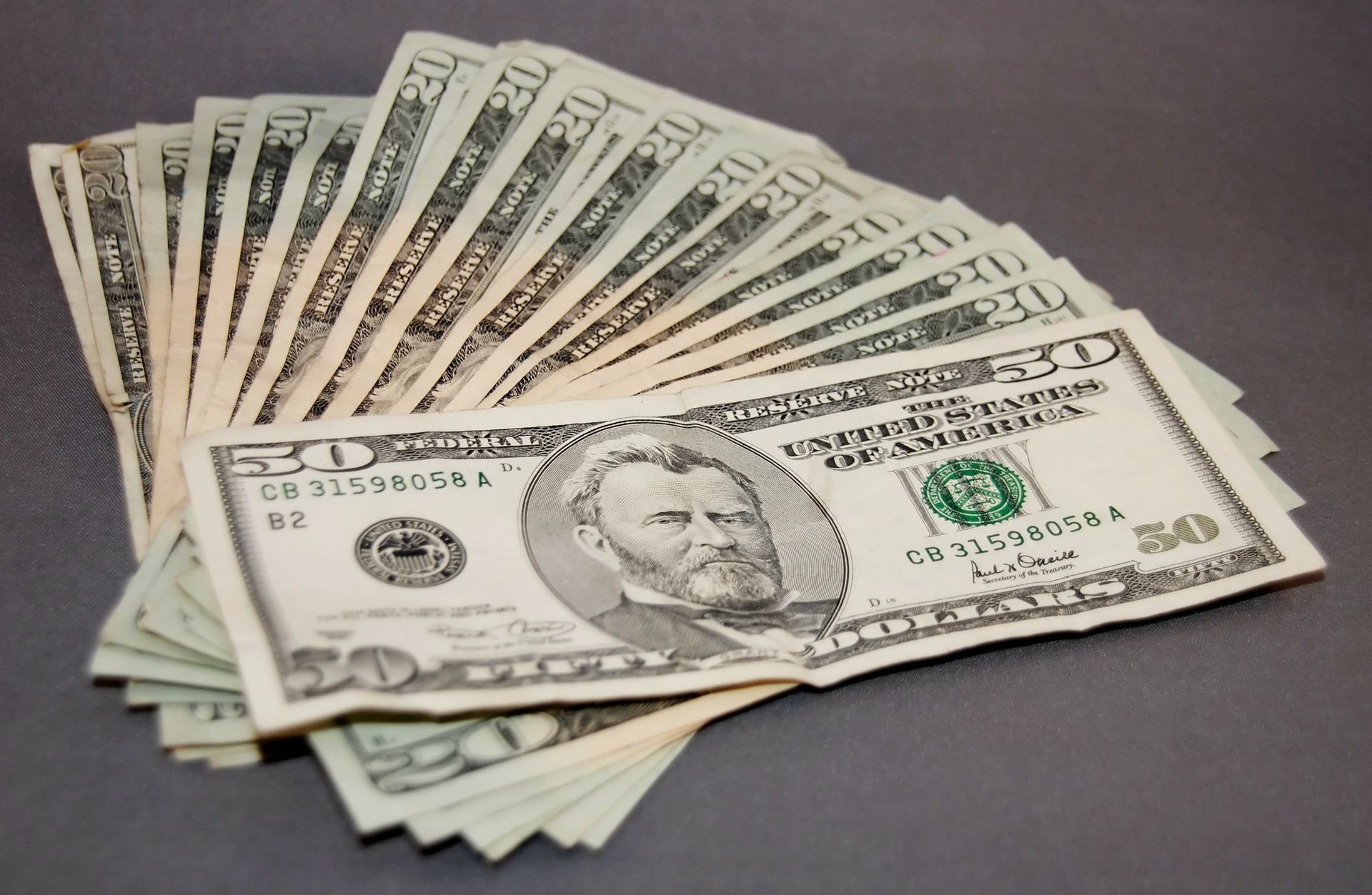Despite Drought, Costa Rica’s Electricity Stays Clean
SAN JOSE, June 19 (Thomson Reuters Foundation) – Despite a harsh drought this season, Costa Rica – which relies heavily on hydropower – has had the opportunity to keep its electricity creation almost entirely renewable. The dry spell, which finished in-may, was the first big test of the ambitious force for clean energy, said Javier Orozco, planning director at the Costa Rican Electricity Institute (ICE), the state-owned power, and telecoms service provider.
An alternative electricity source is one of the “most important developments” to free the overall economy from fossil fuels, in Feb according to a nationwide decarbonisation plan launched. Other focus areas are adopting cleaner public transport, enhancing waste management, and expanding the country’s forests. But the clean power has come at a price – heavy investment excessively capacity that is generating in the utility’s personal debt levels, energy researchers said.
Over the last four years, Costa Rica has generated more than 95% of its local electricity from renewable energy. In 2018, three-quarters originated from hydropower nearly, official data demonstrated. Orozco told the Thomson Reuters Foundation. In the driest summer months period from January to April, Costa Rica generated 97% of electricity from renewable sources, he noted.
That was despite drought hitting streams hard, with some already dry by January and everything struggling “exceptionally low” water levels, putting a complete great deal of stress on hydropower era, Orozco said. But Jose Daniel Lara, a researcher at the University of California Berkeley, said Costa Rica’s main vulnerability lies not in whether it will keep producing enough clean electricity as weather change hikes drought risks, but in its budget.
To maintain its supply of alternative energy in dry intervals, the utility will need to have double the hydropower capacity installed than it uses regularly – and that is costly, Lara said. Lately, the ICE has bet on blowing wind energy to lessen its dependence on water to produce electricity. Wind power grew to 15% of the electricity blend in 2018, up from 4% in 2011, public data showed.
During the drought this season, strong winds were one factor away keeping the rain, Orozco said – but they drove the turbines. The gates at hydropower dam reservoirs could be shut when winds were high and opened when they dropped, he added. Yet Costa Rica’s imports of electricity from other parts of Central America cloud the picture somewhat, said Jorge Blanco, a researcher at the electrical engineering college of the University of Costa Rica. Electricity imports from December to April were the highest in the last five years, at about 8% of the country’s total electricity supply. Blanco said importing electricity was often cheaper than turning on the country’s thermal vegetation, which operate on diesel.
- The privileges of traders in a shared fund plan are laid down in
- 52-Week Range: $1.14-$6.45
- 7 years ago from From Mumbai, presently in Jalandhar, INDIA
- Which of the next will likely accompany an unanticipated reduction in aggregate demand
- 91 (2014 est.)
But that brought in power may not be counted as clean, he mentioned, since about 60% of Central America´s era originates from fossil fuels. Still, as 40% originates from renewable sources, Orozco said it was much cleaner than making up the difference using thermal era in Costa Rica. Under suggestions from the Intergovernmental Panel on Climate Change, emissions from brought in electricity should be counted in the country where the power was produced.
In a bid to keep Costa Rica’s home-generated clean electricity supply in dry spells, the state power provider ICE has implemented so many renewables tasks it is currently facing a financial crisis, researcher Lara warned. When there is plenty of rainfall, more hydroelectricity is produced than needed – and much of it is lost because export capacity is limited, he said. Generating surplus power in moist seasons has resulted in higher electricity tariffs for consumers and financial problems for the ICE, he said.
The utility wants to supply the excess power it produces for electric transportation, but that market is in its first stages still, keeping power demand low. It might, for instance, sell some small non-critical hydropower vegetation, even though the over-capacity situation might deter investors, he said. Reporting by Sebastian Rodriguez; editing by Megan Rowling. Please credit the Thomson Reuters Foundation, the charitable arm of Thomson Reuters, that addresses humanitarian news, weather change, resilience, women’s privileges, property, and trafficking rights.

